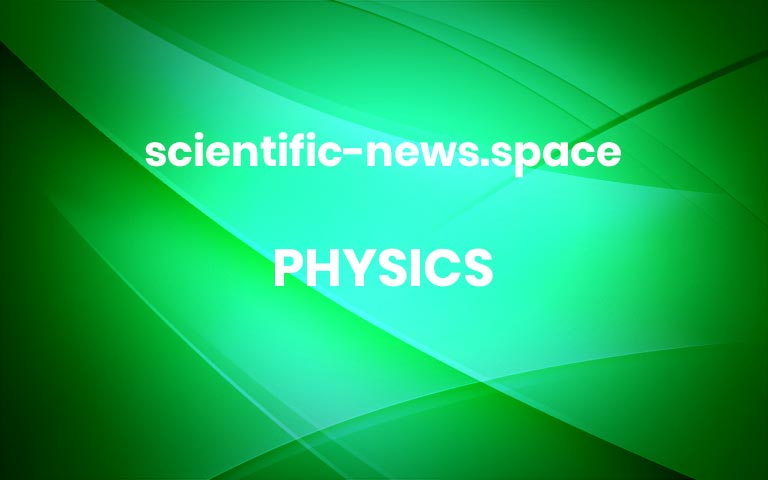Plastics outnumber baby fish 7-to-1 in some coastal nurseries
Plastics can enter the food web at an unexpected point: larval fish as small as the tip of a pencil. Larval fish congregate in ocean slicks — ribbons of calm water that form naturally on the ocean’s surface — to feast on an abundance of prey. Prey-sized plastics also accumulate in these fish nurseries, outnumbering […] More



